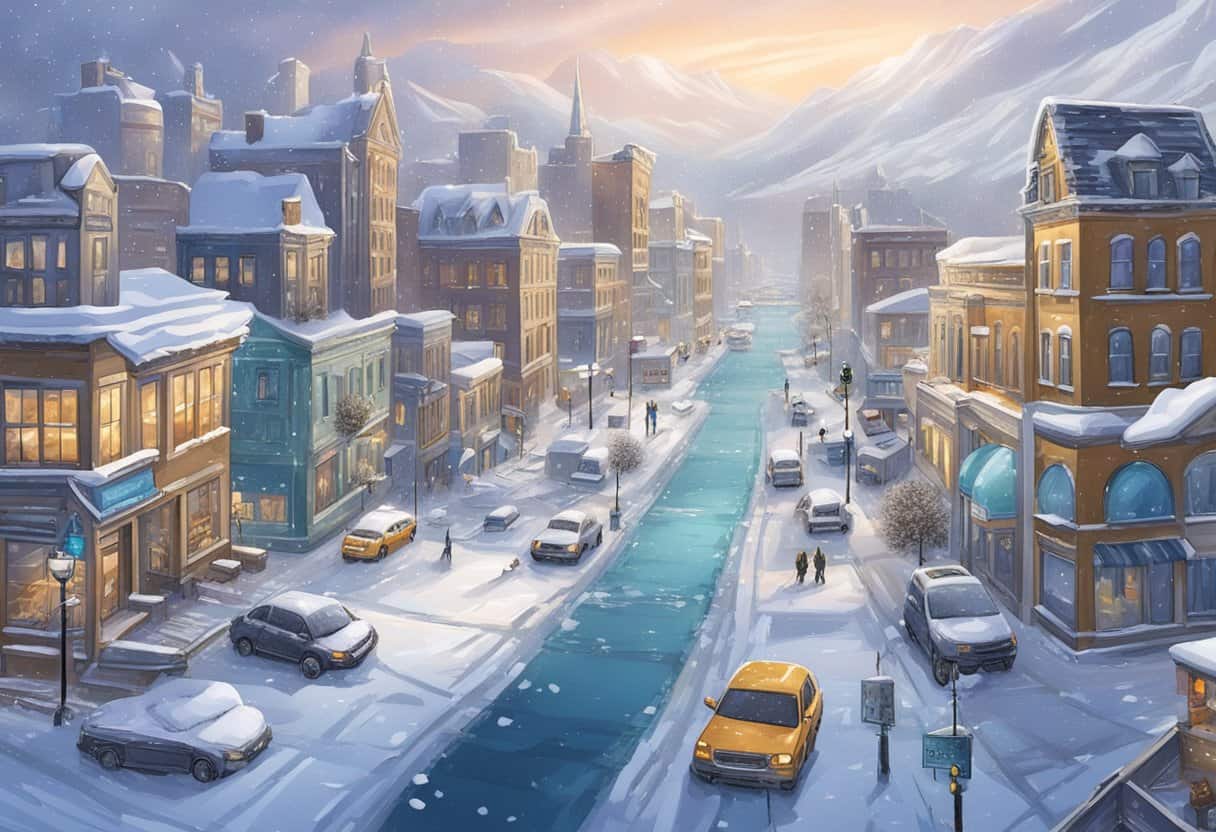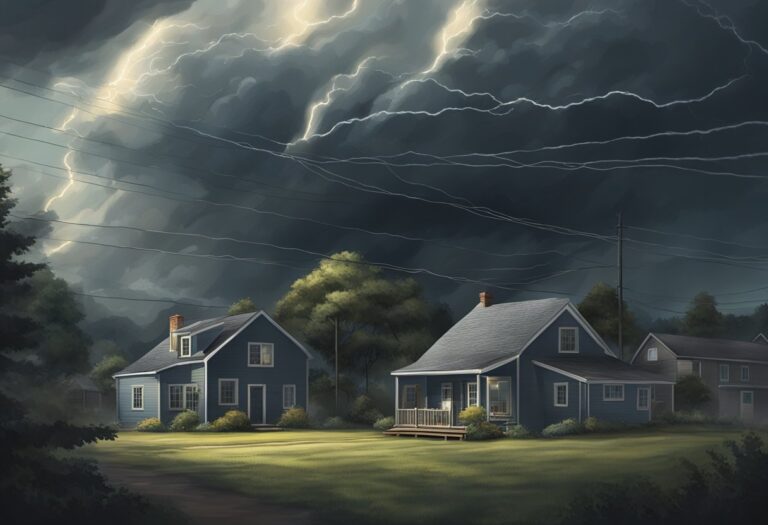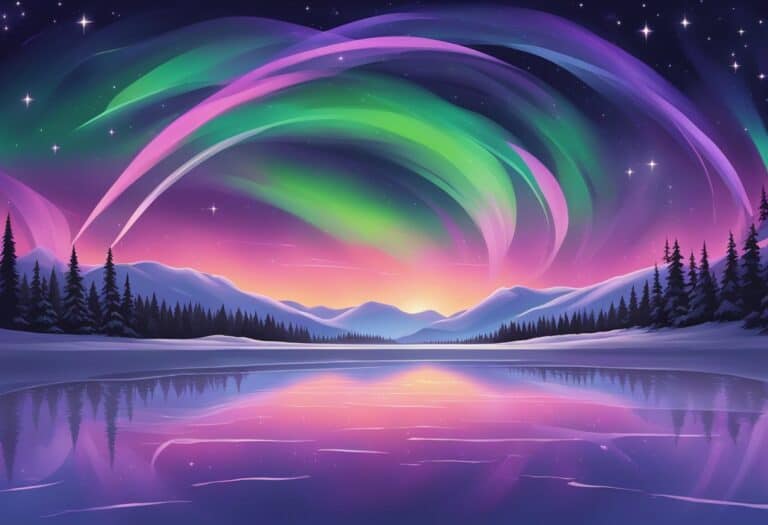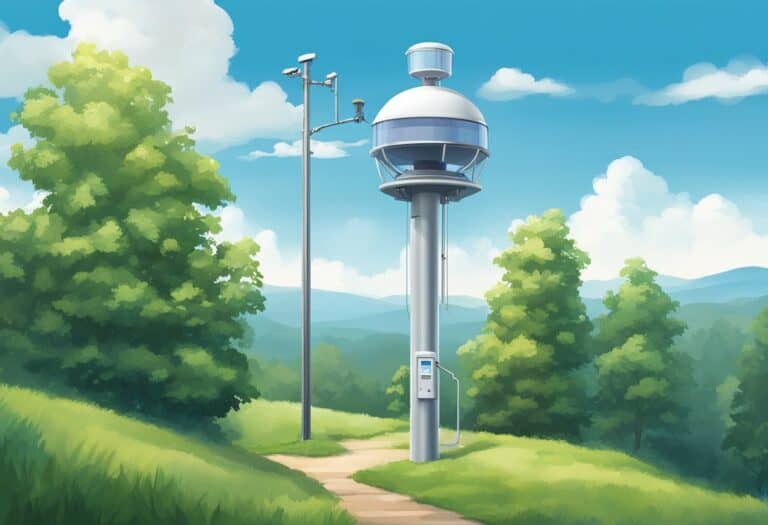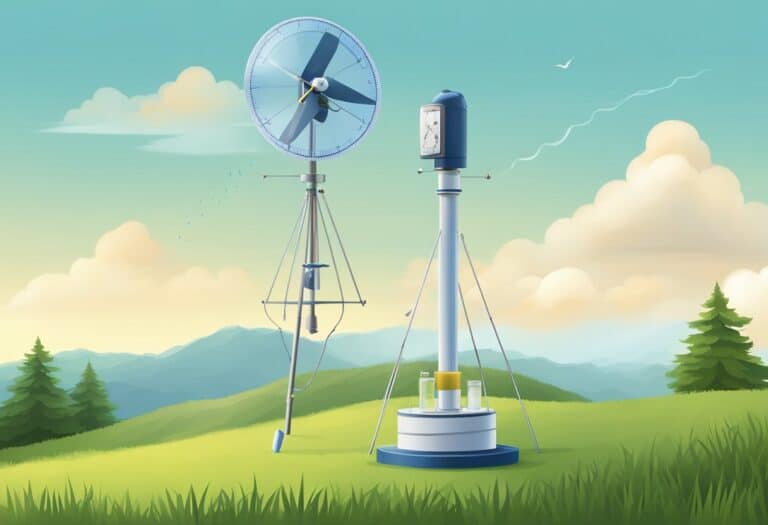The United States is a vast country with an incredibly diverse climate, and this can be particularly felt in its coldest cities.
The climate normals data can give us a deeper understanding of the long-term weather patterns in these areas, from the crisp winds of the northeast to the penetrating chill of the midwest. As you explore these regions, you’ll find cities where the winter season dominates the calendar, extending beyond just a couple of months of snowfall and ice.
Considering the geography and climate of these cities, the characteristics of their winters are a result of their unique locations. Close proximity to Canada and northern latitudes play significant roles in defining the intensity and length of the cold season. While the cold may be a deterrent for some, the residents of these cities have adapted their lifestyles to thrive in frigid conditions. The population’s resilience transforms seemingly hostile environments into bustling hubs of activity, regardless of the temperature.
Moreover, these cold cities have weathered record-breaking cold statistics, serving as a testament to their extreme climate.
The coldest cities in the U.S., like Fairbanks, Alaska, and Duluth, Minnesota, face extreme winters due to their geographic locations and proximity to Canada. Residents adapt with specialized infrastructure and cold-weather lifestyles. These cities have harsh conditions, often with record-breaking low temperatures.
Geography and Climate of The Coldest Cities
Your understanding of the coldest cities in the US calls for an examination of geography and climate intricacies that play pivotal roles in shaping the harsh winters these cities endure. From the biting chill of Fairbanks, Alaska, to the frosty shores of Duluth, Minnesota, certain factors contribute to their frigid reputations.
The Influence of Latitude and Landscapes
The latitude of a city largely determines its climate. Cities like Fairbanks in Alaska, which is situated at a high latitude, experience extreme cold partly due to the less direct sunlight they receive. But it’s not just latitude; the landscapes can intensify the cold. For instance, the Rocky Mountains act as a barrier, leading to cold air pooling in places like North Dakota and creating lower temperatures in cities such as Bismarck.
Lake-Effect and Arctic Air Phenomena
Lake-effect snow is a common factor for cities neighboring the Great Lakes, including areas in Wisconsin and Duluth by Lake Superior. This phenomenon occurs when cold Arctic air moves over relatively warmer lake waters, leading to enhanced snowfall downwind of the lakes. Cities in the Midwest that are near the lakes, not just Dulith, might experience lake-effect snow, effectively lowering their temperatures even more.
Climate Normals and Temperature Extremes
The National Oceanic and Atmospheric Administration provides climate normals based on historical weather data, which include the coldest temperatures experienced by cities. In places like Fairbanks, lowest recorded temperatures can drop dramatically, emphasizing the extremes these cities can reach. Recorded temperature lows in Fairbanks, Alaska, for example, have been some of the coldest in the nation. Meanwhile, in states such as Minnesota and South Dakota, proximity to Canada and the prevalence of cold Arctic blasts contribute to their notable entries in temperature records.
In sum, the state in which a city is located, combined with its geographical features and exposure to Arctic air, plays a significant role in establishing its winter climate profile.
Key Cities and Their Winter Profiles
In the United States, certain cities are distinguished by their notably harsh winter conditions. From the deep freezes of Fairbanks to the persistent chills in the Midwest, these locations endure some of the season’s most extreme temperatures.

Fairbanks: America’s Icebox
Fairbanks, Alaska, stands out as the coldest city in the United States. Winter temperatures here frequently drop to -16°F, with extreme lows pushing past -50°F. As the days shorten, you’ll experience less than four hours of sunlight, magnifying the chill.
The Frosty Hubs of North Dakota
North Dakota is notorious for its frozen tundras, with cities like Grand Forks and Fargo often recording temperatures as low as -3°F. Williston also joins the ranks as one of North Dakota’s coldest, thanks to Arctic blasts that sweep down from Canada.
Midwest’s Chilly Heavyweights
Heading into the heartland, you’ll encounter the Midwest’s frigid champions. Minneapolis endures an average low of 7°F, while Milwaukee and Chicago grapple with the freeze, averaging 13°F and 18°F, respectively. Lake-effect snow amplifies the chill in cities like Detroit, Cleveland, and Buffalo, bringing more than just cold air but also hefty snowfall.
In Michigan, Grand Rapids battles cold spells that drop temperatures into the teens. Crossing state lines, St. Cloud, Minnesota shares a similar fate, as does Aberdeen, South Dakota, both experiencing subzero nights throughout the winter season.
Prepare for sharp winds and significant snowfall across these urban centers, as winter weather takes a firm hold each year, transforming these cities into icy enclaves.
Population and Lifestyle in Frigid Conditions
In the coldest cities of the US, your daily life and community adapt to the harsh winter weather, molding survival strategies and local economies around the sub-zero reality.
Survival and Adaptation Strategies
During the winter months, you’ll find that population centers in frigid conditions have adapted building codes to withstand heavy snowfall and extreme cold. Your home would likely include weatherproofing elements and thicker insulation. It’s common for residents to own an array of cold weather gear—thermal layers, gloves, and waterproof boots are essentials. You’ll notice that people embrace the sunlight whenever available, as short daylight hours can affect energy levels and mood. The active skier may find solace in winter sports, turning the freezing temperatures into a playground.
Economic Impacts of The Big Chill
The economy in these regions often reflects the challenges imposed by dry, cold weather. Energy costs can spike due to the need for continuous heating, impacting your monthly budget. Winter sports, however, could bolster local industries, creating jobs and seasonal tourism. Essential services might need to work around the clock to manage snowfall and ice, leading to increased municipal spending. On the upside, industries related to winter wear and cold-climate goods often flourish, making the extreme cold a catalyst for specialized local economies in the USA today.
Record-Breaking Cold Statistics
Exploring record-breaking cold statistics invites you to consider the extremes of weather that can occur across the United States. Your understanding of the country’s climate will deepen as we look at the historical lows and weather patterns that have set records.
Historical Lows and Weather Patterns
When discussing the coldest cities in the United States, certain statistics stand out. For instance, Prospect Creek, Alaska holds the title for the coldest temperature ever recorded in the U.S. at an astonishing -80 degrees Fahrenheit (-62 degrees Celsius). This occurred on January 23, 1971 and was documented by the National Weather Service.
In terms of cities with the lowest average annual temperature, Fairbanks, Alaska routinely experiences harsh conditions. With an average mean temperature of 27.2 degrees Fahrenheit (-2.7 degrees Celsius), it underscores the intensity of Alaskan winters.
| Coldest Cities in the United States | Coldest Temp. Ever Recorded (°F) | Average Annual Temp. (°F) |
|---|---|---|
| Prospect Creek, Alaska | -80 | N/A |
| Fairbanks, Alaska | N/A | 27.2 |
| Grand Forks, North Dakota | -43 | 40.4 |
| Williston, North Dakota | -50 | 42.8 |
| Duluth, Minnesota | -41 | 39.4 |
*Note: N/A indicates data not available or not applicable for the specific category.
The chilling extremes in these locales become even more striking when you consider that temperatures have reached lower than zero degrees Fahrenheit numerous times, indicating not just isolated incidents but patterns of severe weather. It’s crucial to recognize the National Weather Service’s role in documenting and advising on these extreme conditions, as it substantially impacts planning and response for affected regions.
Frequently Asked Questions
In this section, you’ll find precise answers to common inquiries about the coldest cities in the United States, ranging from record low temperatures to culturally rich destinations that thrive in wintry conditions.
Which city has the lowest average winter temperature in the United States?
Fairbanks, Alaska, holds the record for the lowest average winter temperature in the United States, with temperatures often dropping as low as -16.9 degrees Fahrenheit.
What are some travel destinations known for their cold climates in the U.S.?
Destinations like Fairbanks, Alaska, and Fargo, North Dakota, are renowned for their frigid climates, making them unique travel spots for winter enthusiasts.
How does the coldest city in the U.S. compare to the coldest places in the world?
While Fairbanks experiences extreme cold, it is milder compared to the world’s coldest inhabited places, such as Oymyakon, Russia, where temperatures can plummet to -58 degrees Fahrenheit.
What are examples of enjoyable winter activities in the chilliest American cities?
In the chilliest American cities, you can engage in activities such as ice fishing in Duluth, Minnesota, or attending the famous Fur Rendezvous winter festival in Anchorage, Alaska.
How do the coldest temperatures in the U.S. vary from summer to winter?
The coldest temperatures in places like International Falls, Minnesota, can range from pleasant summer highs around 78 degrees Fahrenheit to bitterly cold winter lows of -7 degrees Fahrenheit.
Which U.S. state capital experiences the coldest weather?
Montpelier, Vermont, as a state capital, is known for experiencing some of the coldest weather, with winter temperatures averaging around 10 degrees Fahrenheit.

